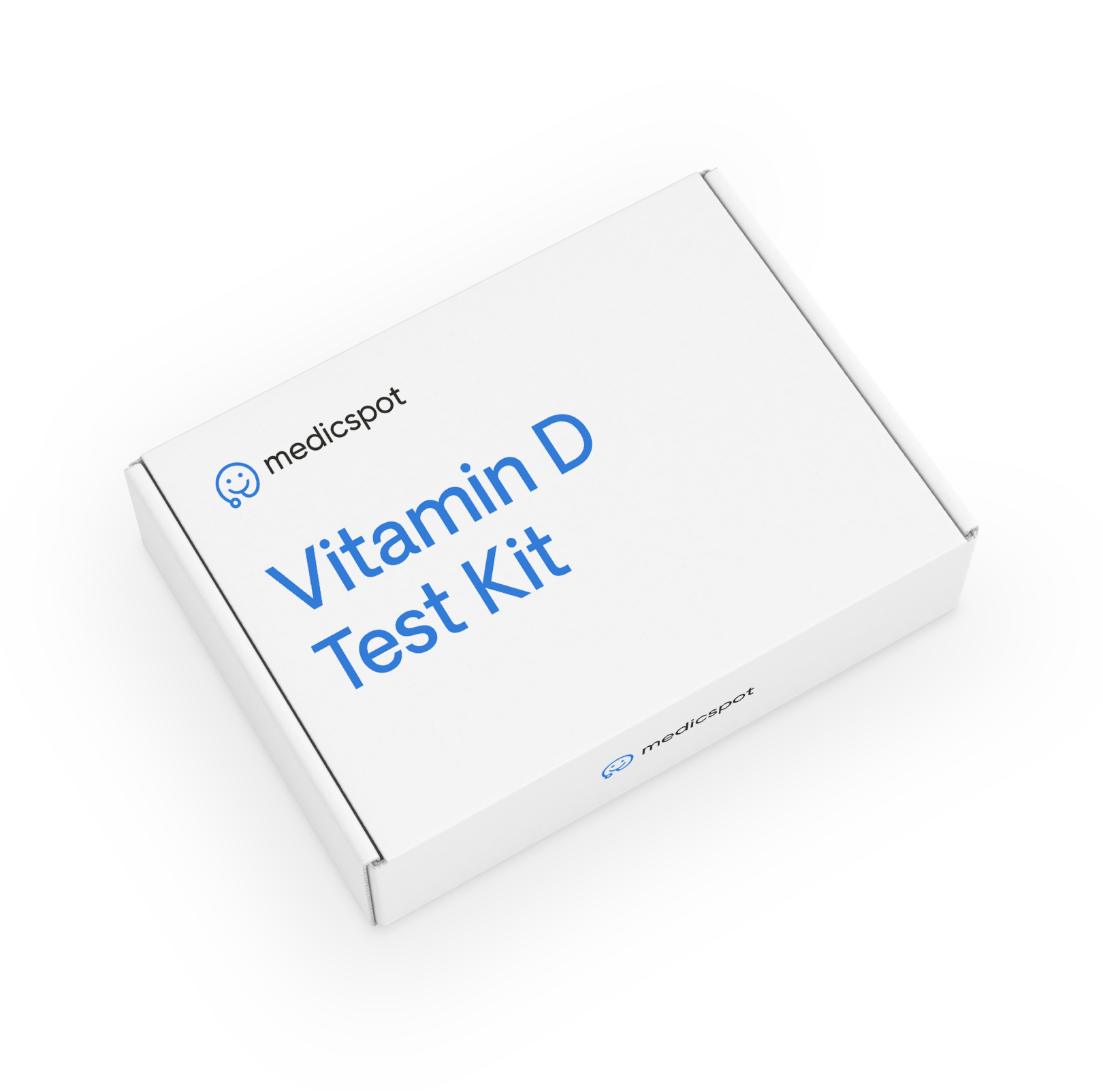Home Test Kit
Vitamin D Test
£19.99
1
Out of stockOrder a rapid test for the detection of 25-hydroxyvitamin D (Vitamin D deficiency) in the blood.
Reliable, at-home Vitamin D tests
Delivered to your door for FREE
Fast results
(10 mins) - no posting samples, no waiting for lab results
How does our Vitamin D deficiency test work?
Step 1
Order your Vitamin D kit
Fill in your details and order your test kit online with Free standard delivery.
Step 2
Take the test at home in minutes
Follow the instructions on how to perform the non-invasive swab test.
Step 3
Receive your result fast - no lab waiting times!
Save the hassle of sending your tests back to a lab.
Our at-home health testing team are happy to answer your questions
Vitamin D helps regulate the amount of calcium and phosphate in the body. These nutrients are needed to keep bones, teeth and muscles healthy.
Dr Adam AbbsGeneral Practitioner
